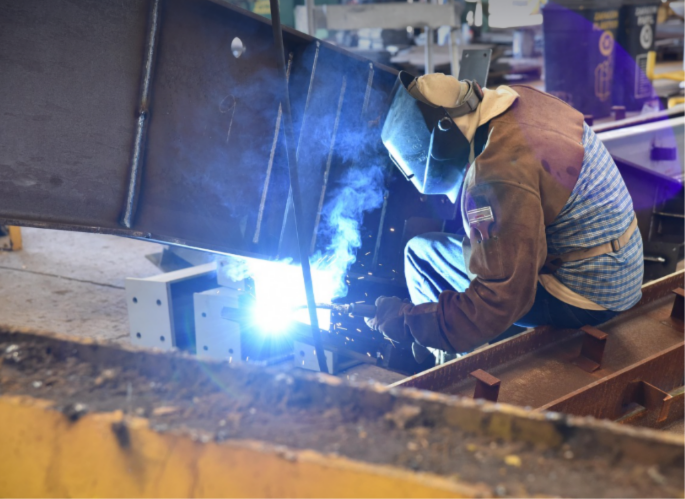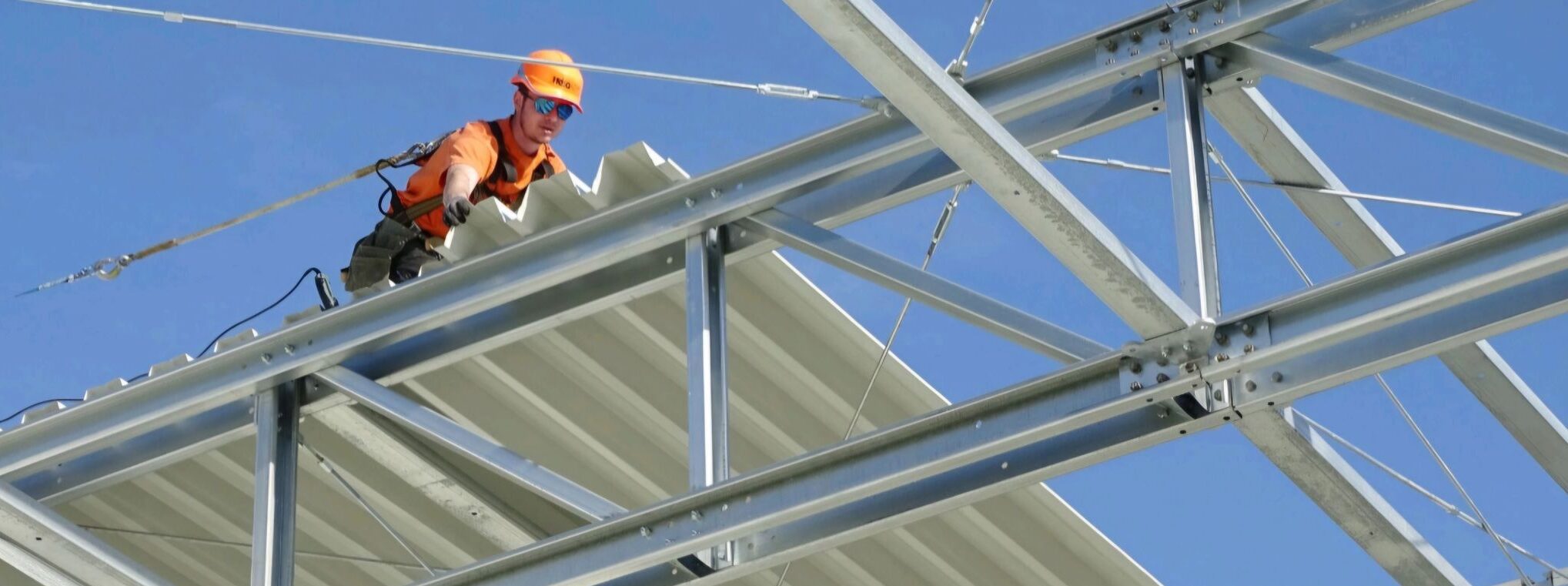Introduction
When it comes to building bridges, skyscrapers, warehouses, or even industrial sheds, structural steel is one of the most trusted materials worldwide. Unlike regular steel, structural steelwork is engineered to deliver exceptional strength, versatility, and durability—making it the backbone of modern infrastructure.
In this article, we will address the most frequently asked questions about structural steel structures, its production, applications, advantages, and cost, while also providing insights into how engineers and builders use it every day.
What Is Structural Steel?
Structural steel is a type of low-carbon steel designed specifically for construction. Its carbon content typically ranges between 0.05–0.25%, which provides the perfect balance between strength and ductility.
It is different from structural metal or other steels because it is standardized under strict guidelines such as ASTM International, EN Structural Steel Grades, or JIS standards, ensuring consistency across projects.
How Is Structural Steel Made?
Structural steel can be produced in two main ways:
-
From Raw Materials
-
Iron ore is extracted and combined with carbon (usually from coke) in a blast furnace.
-
The mixture is refined until the carbon content meets the required limits for constructional steel.
-
-
From Scrap Metal Recycling
-
Using an Electric Arc Furnace (EAF), scrap steel is melted and refined.
-
Alloying elements are added to achieve different structural steel types such as high-strength grades or corrosion-resistant grades.
-
Both processes guarantee that the final steel structural building materials meet international quality standards.
What Is Structural Steel Used For?
Structural steel is widely used in:
-
High-rise buildings and skyscrapers
-
Bridges and overpasses
-
Industrial warehouses, pole barns, and sheds
-
Parking garages and steel frame plans
-
Residential buildings and modular housing
Engineers prefer structural steel because it offers design flexibility, affordability, and machinability—allowing it to be cut and shaped into unique steel structural sections like beams, angles, plates, and channels.
Common Structural Steel Sections
Structural steel is available in a wide range of shapes to fit different design needs:
-
Beams (I-beams, wide flange beams, steel frame beams)
-
Channels (C-shaped for floors, walls, and roofs)
-
Angles (L-shaped for bracing and reinforcement)
-
Plates & sheets (for flooring, cladding, and base plates)
-
Steel members (custom components for specialized projects)
Each section plays a critical role in steel structure construction, ensuring stability and efficiency.
Advantages and Disadvantages of Structural Steel
Advantages
-
High strength-to-weight ratio → lighter yet stronger than concrete.
-
Speed of construction → prefabricated steelwork construction reduces project time.
-
Design flexibility → adaptable for complex building steel structures.
-
Recyclability → structural steel can be reused or melted down without loss of quality.
-
Cost-effective → compared with concrete, it reduces foundation costs and allows faster installation.
Disadvantages
-
Corrosion risk → unless galvanized or coated, steel may rust.
-
Fireproofing required → structural steel must be protected with coatings or fire-resistant materials.
Structural Steel Grades and Standards
Different projects require different structural steel grades. Common ones include:
-
ASTM A36 / A572 (widely used in the U.S.)
-
EN 10025-2 S235JR / S355JR (European standards)
-
JIS G3101 SS400 (Japanese standard)
Each grade defines strength, weldability, and ductility, ensuring that steel for building construction meets strict safety requirements.
Does Structural Steel Need Special Treatment?
Yes, depending on the project, structural steel may require:
-
Galvanizing → adds a protective zinc coating.
-
Priming and painting → prevents rust and improves aesthetics.
-
Fireproofing → coatings or encasement for safety compliance.
Proper treatment extends the lifespan of structural steel buildings, making them more durable against environmental factors.
Cost of Structural Steel
The cost of structural steel varies based on:
-
Material grade
-
Section type (beams, plates, etc.)
-
Surface treatment (galvanized, painted, primed)
-
Fabrication and steel structural details
-
Transportation and installation
While the price may be higher upfront than other materials, its longevity, recyclability, and reduced construction time make it a cost-effective solution in the long run.
Conclusion
Structural steel is more than just a construction material—it is the foundation of modern engineering. From bridges to skyscrapers, structural steel design enables safer, stronger, and more sustainable projects.
At HHY Steel Structure, we specialize in providing high-quality structural steel components, steel structure details, and complete structural steel construction works that meet international standards.





